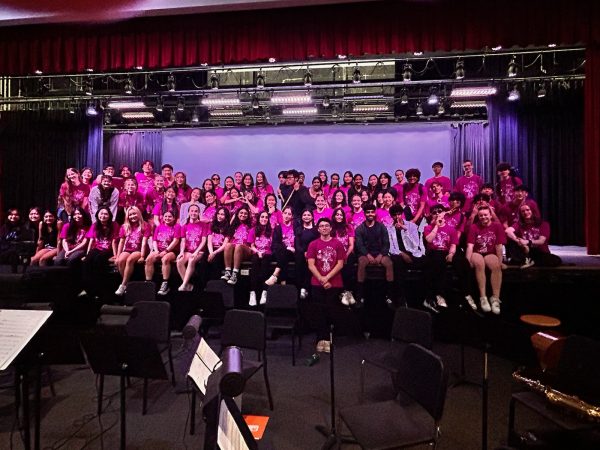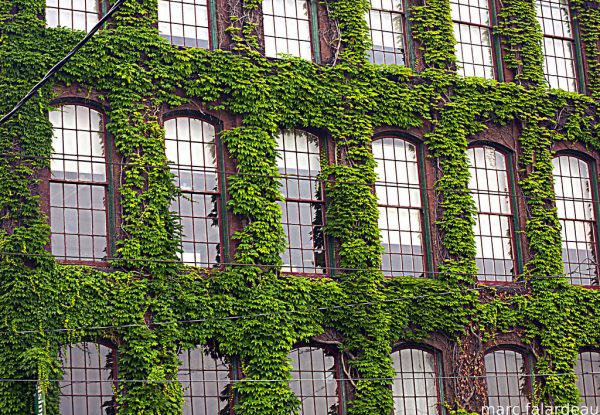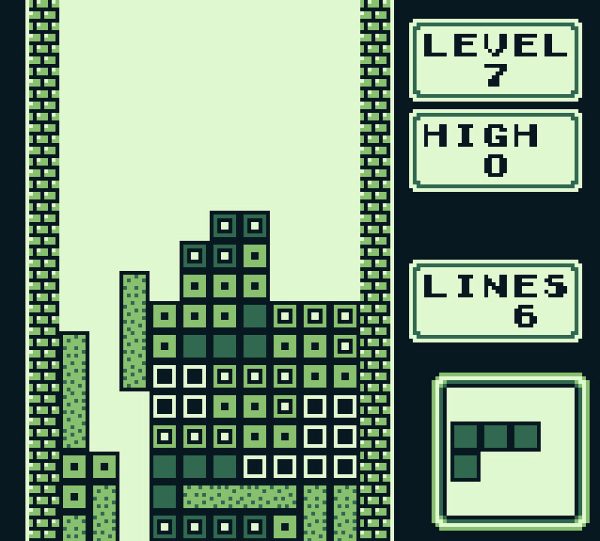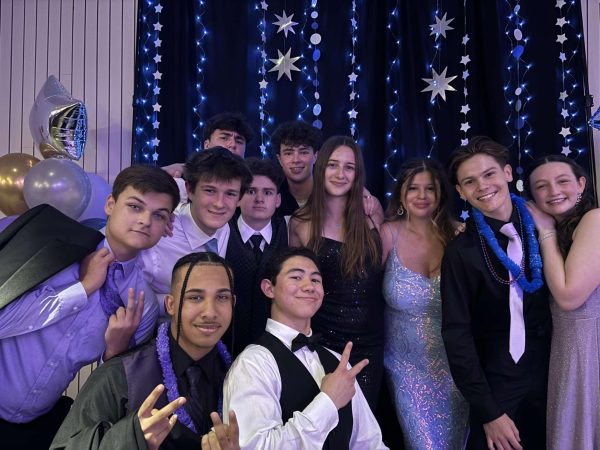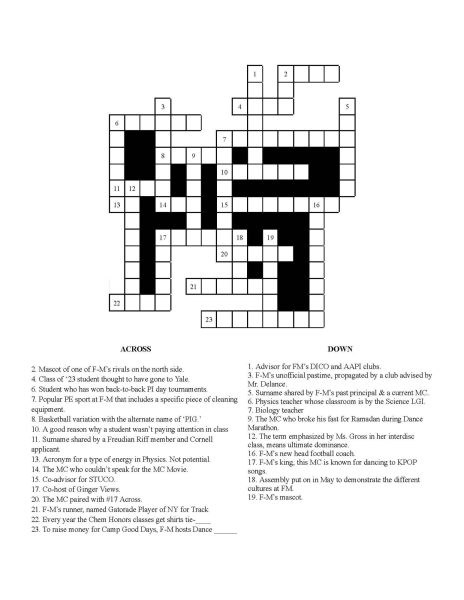Justice for Iranian women
Women are taking to the streets of Iran, protesting against the systemic sexism present throughout society. Feminists are rightfully waving their hijabs in the air, in defiance of the government that has unjustifiably suppressed their voices for far too long.
In accordance with PBS, women in Iran are forced to cover their heads in hijabs and wear loose clothing specifically required by the government. They are forbidden to dance publicly and travel without parental or spousal approval, along with other restrictions on their rights. Women are prohibited from pursuing careers and are often forced to stay home to care for their household. Even after Iran’s victories in the World Cup, only men could be seen on the streets celebrating while women were required to stay home in their quarters.
The spark that ignited the intense feminist movement in Iran started on September 16th of 2022 with the arrest of 22-year-old Mahsa Amini. She was strictly and unrighteously dress-coded, beaten, and tried under the tense of “improperly” wearing her hijab. She later died in the custody of the police as a result of a heart attack. The two female journalists who leaked the story are now in prison as well, just for informing the populace of the arrest of Amini.
After the news of the unjust custody of Amini, a chain of nationwide protests erupted, rightfully challenging the government’s oppressive system. Protestors composed mostly of women and young people refused to wear hijabs, dancing in the streets of Iran while cutting their hair for those that lost their lives simply for being women. The scale of the widespread protests has never been seen in the country since the Green Revolution of 2009, a movement of political and presidential causes calling for a more established democracy in Iran, showcasing the country’s desire to expand rights for citizens who have been quiet for so long.
According to UN Women, human rights activists in Iran who have been following the movement, the government retaliated against these protests by detaining as many as 200,000 of these protestors, killing hundreds that they arrested. School poisonings suspected to be initiated by the government have taken place at about 50 girls’ schools, attacking the young feminists that are prone to accelerating the revolution. The government is dynamic in its restrictions, at one time letting a woman get away with a sliver of hair slipping out of their head scarf, at other times implementing restrictions spontaneously, reprimanding any woman wearing a hijab an inch askew.
Even though protests have been muted for so long, the women never stopped fighting for their rights, inalienable even under the presence of men who try to suppress their voices. The hindrance of stability in Iran is definitely caused by the restriction of intelligent women in education and careers who have demonstrated the same potential as men in academic fields. It is important to appreciate the women in Iran who will continue to strive for justice under oppression, showcasing the perfect example of unity in dark times.

Sureeta Das is a sophomore and the Clubs-and-Activities Editor. This is her second year on The Buzz and loves how writing helps her spread the news throughout...



